How Yorkshire became Britain’s sculpture capital
For many years, London was the place to go to see the great works of sculpture, writes William Cook. But Henry Moore and Barbara Hepworth helped change that

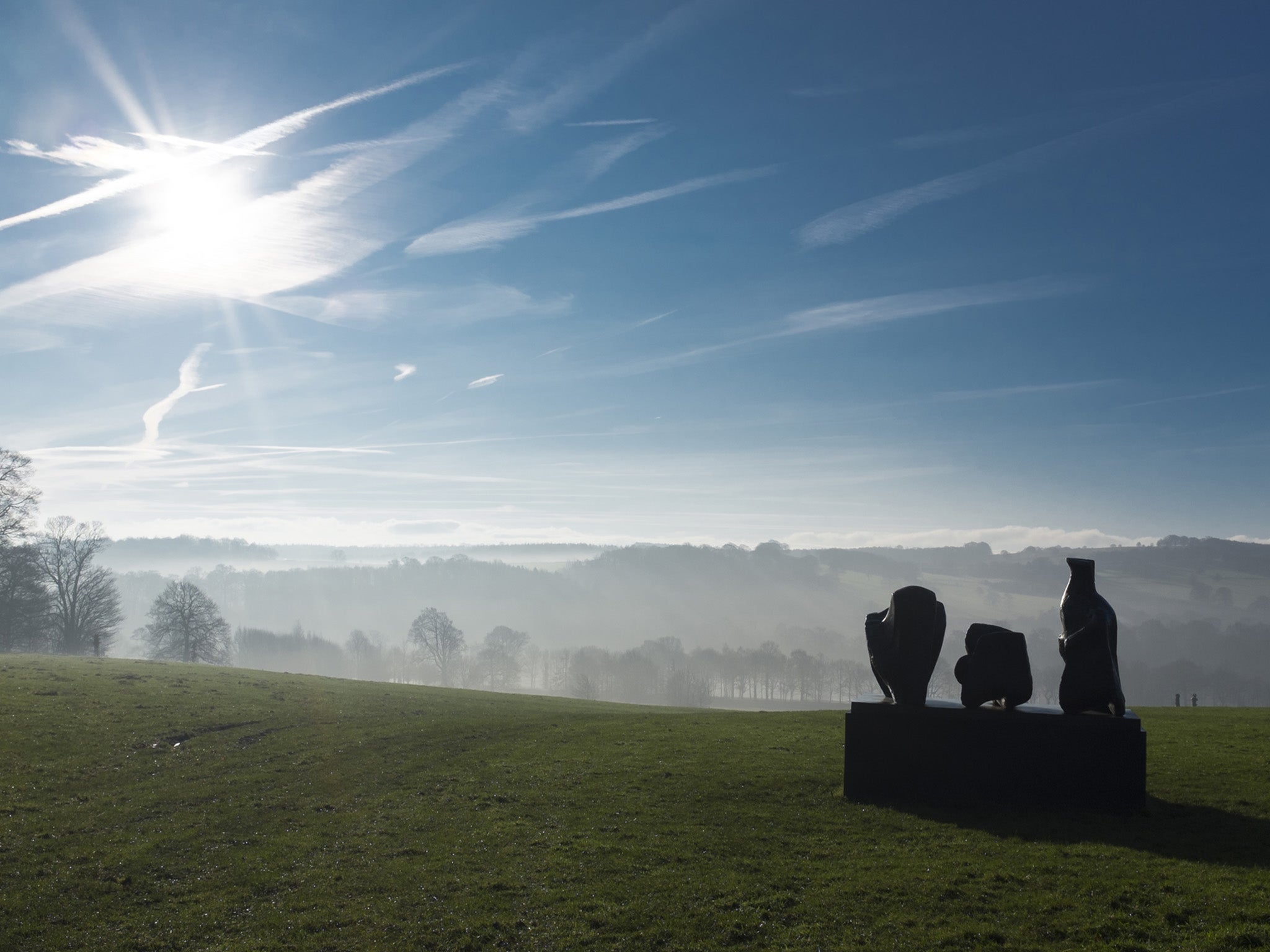
I’m standing on a windswept hillside, looking out across a huge broad valley. I’ve been here many times before, but the view still takes my breath away. At first, you’re struck by the natural beauty of the scenery: the lush fields below, the barren moors beyond. But then you look a little closer and you realise this valley is strewn with artworks. From Henry Moore to Damien Hirst, it’s a history of modern sculpture writ large. Welcome to Yorkshire Sculpture Park, one of the world’s great sites of outdoor sculpture. And welcome to Britain’s dynamic new sculptural capital.
Time was, if you wanted to see sculpture in Britain, London was the go-to destination. You’d go to see classical sculptures in the British Museum, and modern sculptures in the Tate. But now the Big Smoke has been eclipsed by Yorkshire’s so-called “Sculpture Triangle”: Leeds, Wakefield and Yorkshire Sculpture Park (between Wakefield and Barnsley). Here, sculpture isn’t just an adjunct of fine art, but an attraction in its own right.
Yorkshire Sculpture Park (aka YSP) is one of several institutions in Yorkshire that are devoted to sculpture, alongside the Hepworth gallery in Wakefield and the Henry Moore Institute in Leeds. Along with Leeds Art Gallery, which boasts a superb collection, West Yorkshire is now the place to go to enjoy cutting-edge sculpture up close and personal.
So how did Yorkshire become Britain’s sculptural mecca? The answer lies in its rural and industrial landscape – its moors and dales, its mills and mines – and in the pioneering work of several remarkable individuals, most notably Henry Moore and Barbara Hepworth, two of the most celebrated artists of the 20th century, and an innovative art teacher called Peter Murray.
Moore and Hepworth were both born in Yorkshire, five years and 10 miles apart. That Britain’s greatest sculptors were born and raised so close together is one of those strange coincidences which intrigues anyone who knows their work. Was this mere happenstance, or did their Yorkshire beginnings play a part? The city-states of Northern Italy fed the art of the Renaissance. Did this rugged corner of northern England feed the flowering of British sculpture, blooming in the art of Hepworth and Moore?
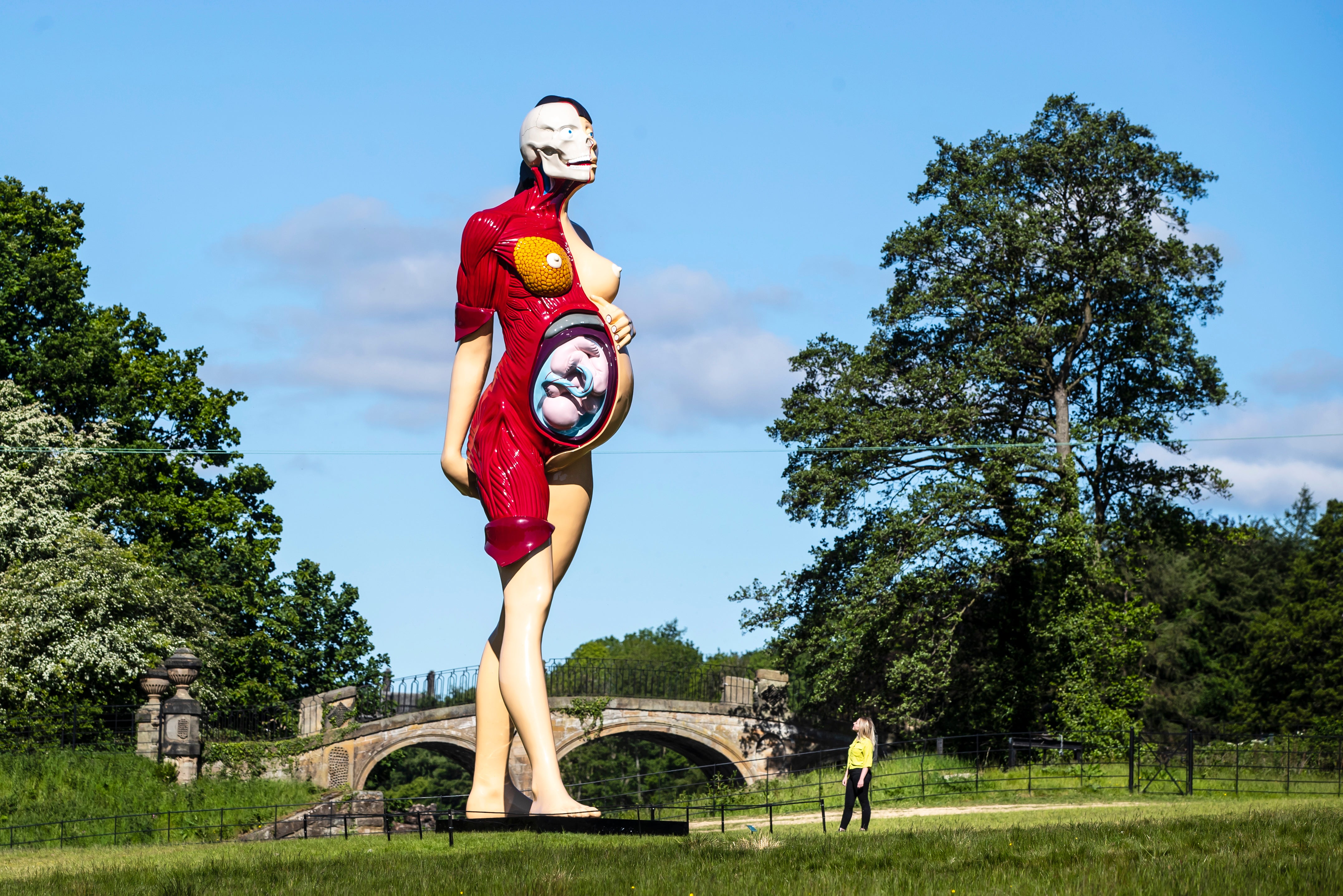
Both sculptors grew up in Yorkshire mining towns close to dramatic countryside (in Yorkshire, the abrupt collisions between urban and rural scenery are especially intense). Moore was born in Castleford in 1898; Hepworth was born in Wakefield in 1903. They both studied at Leeds School of Art, and then at the Royal College of Art in London. Between them, they did more than anyone to introduce Britain to modernism. They dragged British art into the 20th century and they made sculpture central to that change.
Moore ended up in Hertfordshire and Hepworth ended up in Cornwall, but they never forgot their roots. Throughout their lives the Yorkshire landscape remained integral to their art. “Perhaps what one wants to say is formed in childhood and the rest of life is spent trying to say it,” reflected Hepworth, recalling her happy childhood memories exploring the Yorkshire Moors. These memories were echoed in her sculptures, and Moore felt much the same. “The Yorkshire landscape always resonated with Moore,” says Godfrey Worsdale, Director of the Henry Moore Foundation, when I catch up with him at Yorkshire Sculpture Park. Godfrey travelled here to see YSP’s founder, Peter Murray, step down after 45 years in charge, and I’d come up from London, to pay my respects to a modest man who’d done more than anyone to put Yorkshire on the sculptural map.
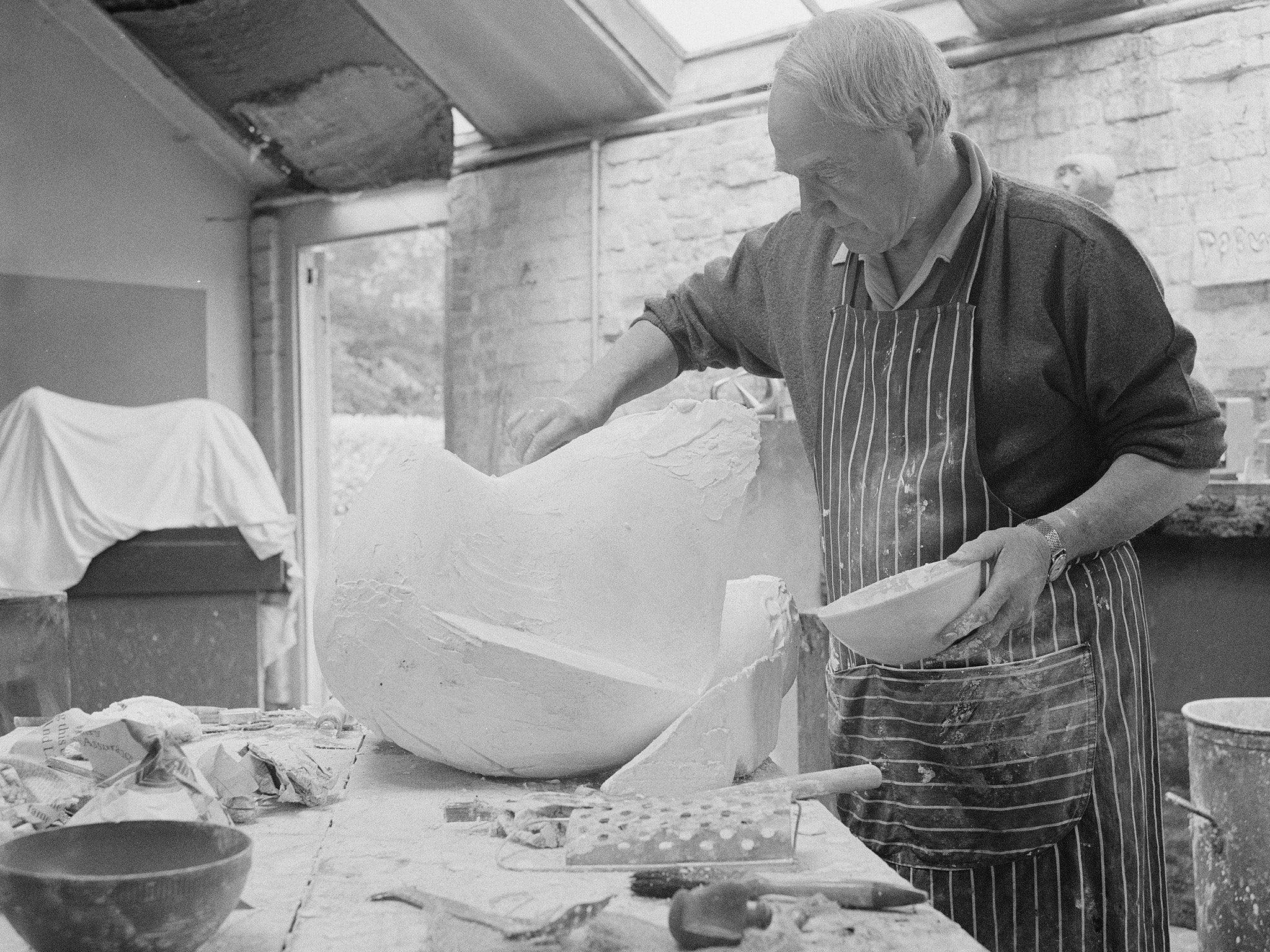
In 1977, Peter Murray was working as an art lecturer at Bretton Hall, a further education college on a greenfield site between Wakefield and Barnsley, still both mining towns in those days. The college was housed in a former stately home, built from the proceeds of those coal mines. Peter thought the grounds of this estate would be a great place to exhibit sculpture. Now Britain has lots of sculpture parks, but back then this was something new.
“I was very interested in the idea of making art accessible,” Murray told me, at YSP’s 40th birthday bash, back in 2017. “I liked the idea of putting the arts in alternative spaces.” In 1977, he mounted a small exhibition of outdoor sculpture, just 12 exhibits, none of them by household names, in the gardens of Bretton Hall. Despite its compact size, the show became a cause of célèbre. It attracted angry letters in the local press complaining about these “metal girders and scrap iron,” and lots of eager visitors, hungry for more. Out of these humble origins, Yorkshire Sculpture Park was born.
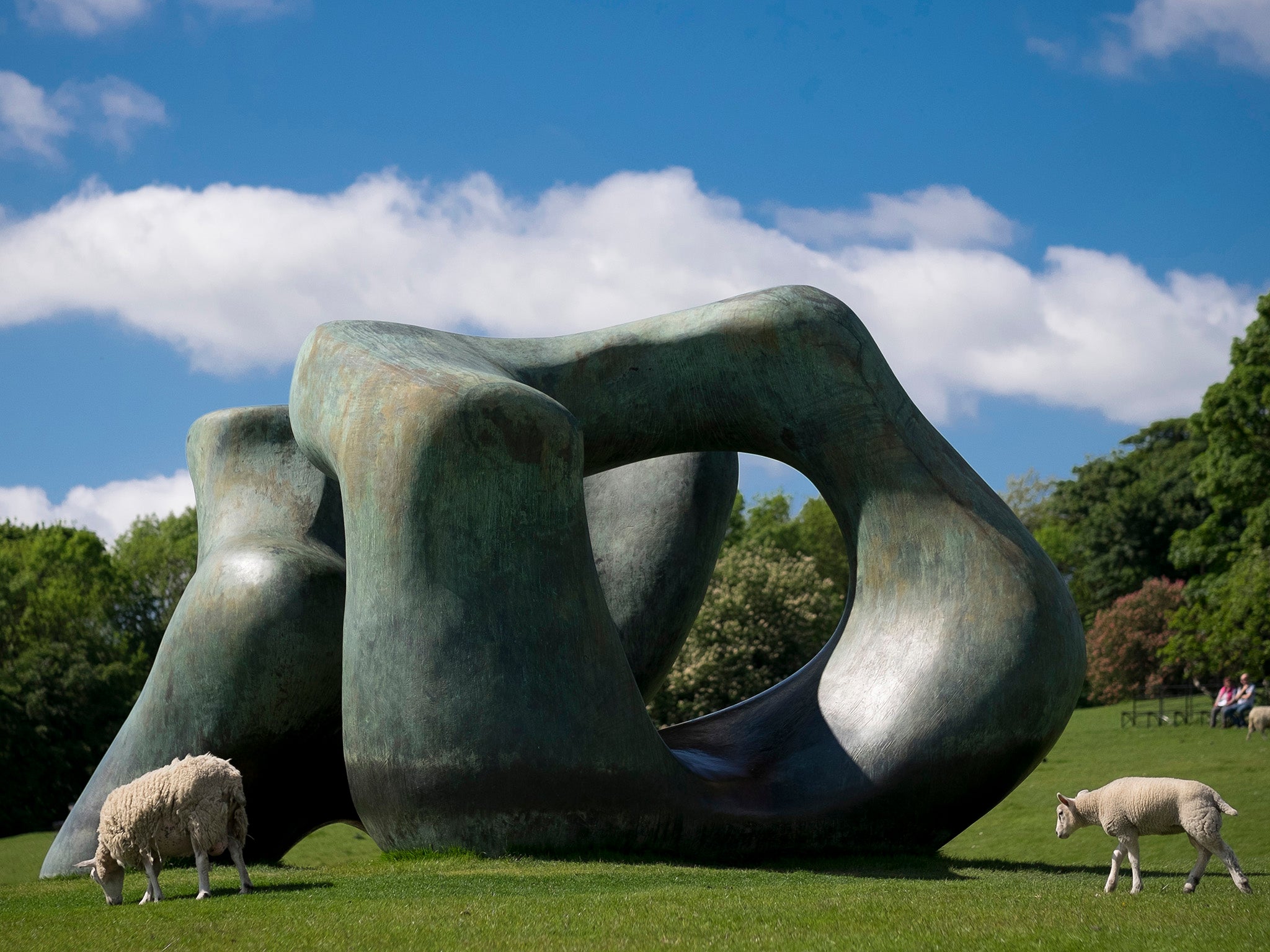
I first went to YSP as a child back in 1978. I saw Peter Murray’s second show. He had children making sculptures out of sticks. I loved it. Forty-four years later, I can still recall the thrill of seeing (and making) sculpture in the open air. What Murray understood, better than any of the bigwigs down in London, was that putting sculpture outdoors transforms the relationship between the artwork and the viewer. Seeing sculpture in a sterile gallery can so easily become a dry intellectual exercise.
Outside, it becomes a sensual experience, which is exactly what it ought to be. The sculpture becomes part of the scenery. You simply let it flow over you, rather than fretting about what it might mean. “You don’t feel like there’s somebody breathing down your neck, listening to your judgements on a work of art,” says Helen Pheby, Associate Director of YSP, as we sit together on a hilltop bench looking at the sculpture park below. “It’s a freer space.” Even the little things make a big difference, like not worrying about what clothes to wear.
“My personal history is reflected in that of YSP,’” reveals Pheby. “I first visited here aged about seven, on a school visit. It must have planted some kind of seed.” Pheby was raised in Wakefield and went to Hepworth’s old school. She first worked here in 1998 as a volunteer and worked her way up from there. “The opportunity to contribute to my home city and my community is really important to me,” she tells me. “If it wasn’t for the sculpture park and the Hepworth, there’d be very limited opportunities for me to be able to grow my career on my doorstep.” Moore and Hepworth had to leave Yorkshire to develop their careers. Thanks to the seeds they planted, for folk like Pheby, that’s no longer a necessity.

Moore and Hepworth both loved the idea of siting sculpture in the great outdoors, and although Hepworth had already died by the time YSP got going, Moore was an early and enthusiastic supporter of this project. He gave advice, he gave money, he paid several visits to YSP. He also lent numerous sculptures, to be displayed here al fresco. “Sculpture is an art of the open air,” he declared. Moore was Britain’s most famous artist, one of the most famous artists in the world, and his endorsement was invaluable. His blessing gave Murray’s groundbreaking scheme the respectability it needed.
With Moore’s stamp of approval, more long-term loans from other major artists followed, like Hepworth’s Family of Man. Today YSP is a forum for the world’s leading sculptors, from Britons like Richard Long to international stars such as Ai Weiwei. The site now covers 500 acres, ranging from formal gardens to rough parkland, from tidy lawns to woods and meadows. YSP has been the backbone of Yorkshire’s sculptural renaissance, and now nearby Leeds and Wakefield are both equally significant sites.
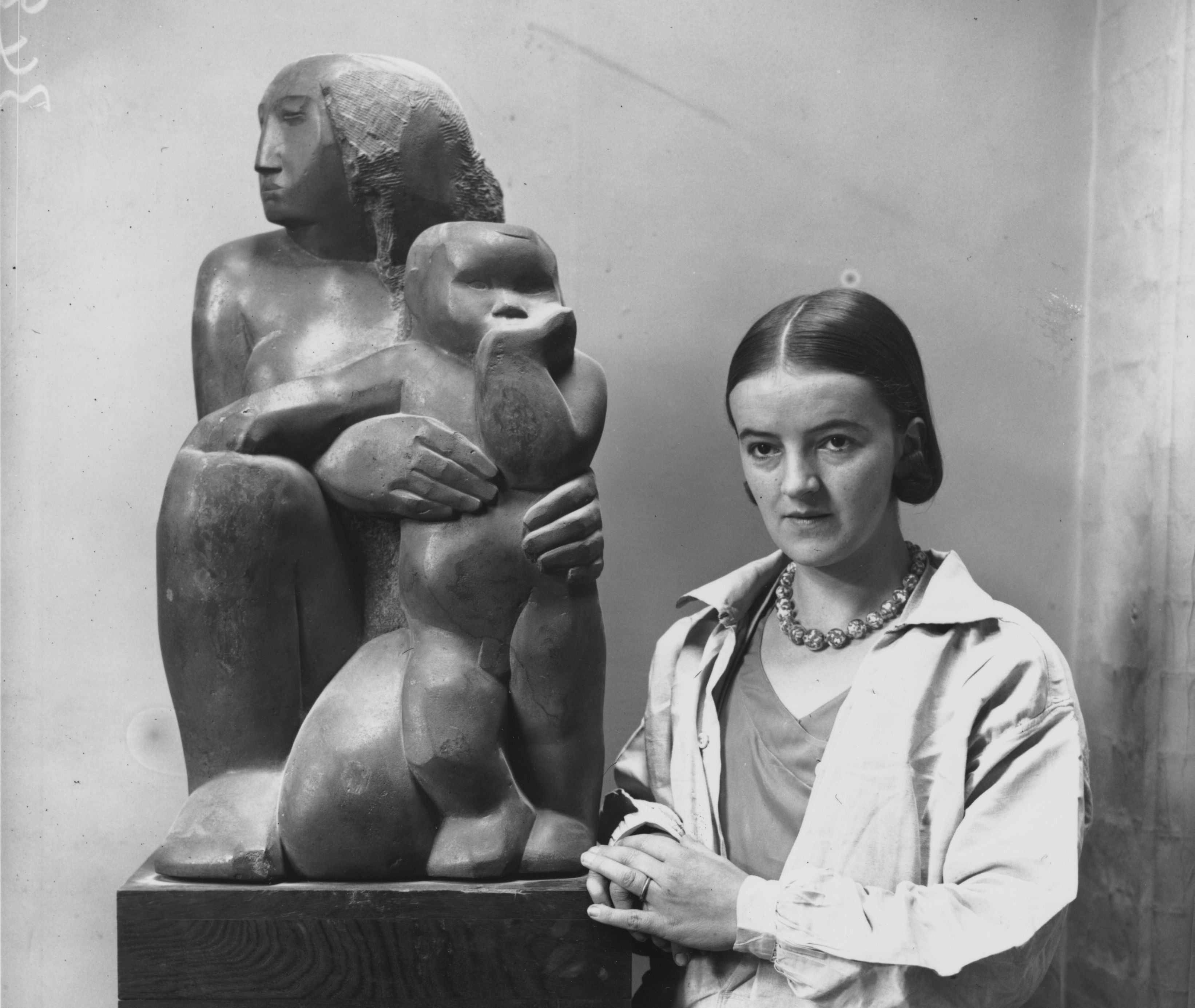
Henry Moore died in 1986, and one of his lasting legacies was the Henry Moore Institute, a purpose-built centre for the study of sculpture, in a prime site beside Leeds Art Gallery, with an exhibition space below and a bespoke sculpture library up above. A scholastic haven in the heart of this bustling city, it’s the fulfilment of a childhood dream, the sort of place Moore would have loved to have on his doorstep when he was a kid. Moore was fascinated by sculpture from an early age, but there was nowhere for him to study it. Back then, sculpture was a marginal genre in British art schools. When Moore went to Leeds School of Art, a sculpture course had to be created especially for him.
“He was extraordinarily benevolent,” says Laurence Sillars, Head of the Henry Moore Institute. “He wanted to give back.” This stylish building is a monument to Moore’s generosity, his desire to give future generations the opportunities he never had. You don’t need any professional credentials to use this library. Admission is free. There’s no need to book ahead – you can walk in off the street. It’s a refuge from the busy hubbub outside, a tranquil place to read or study. There are no membership requirements. It’s a browser’s paradise. There are comprehensive files on virtually every sculptor you can think of. The archives contain the private papers of countless sculptors, a precious academic resource.
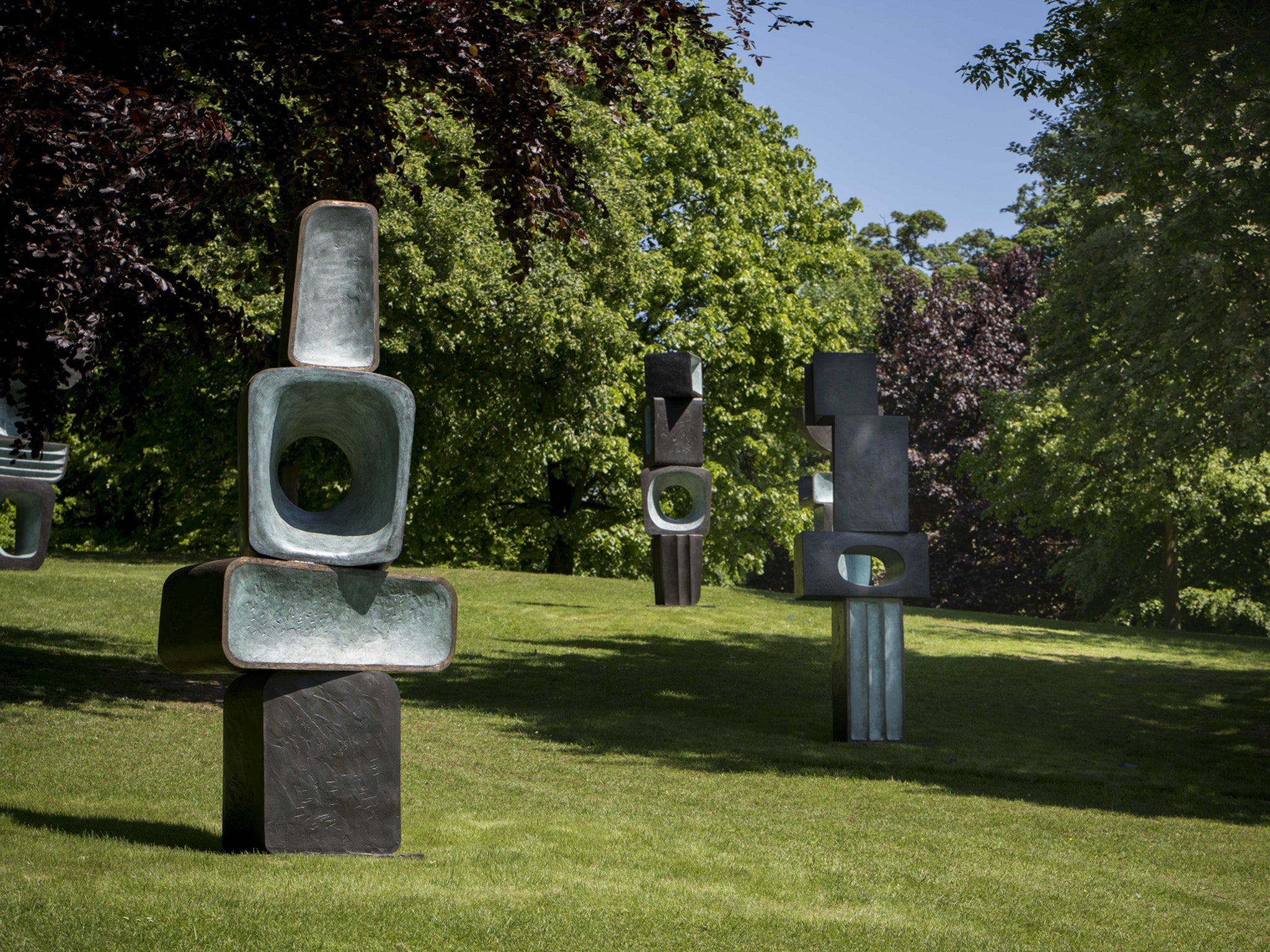
In 2011, Yorkshire’s Sculpture Triangle was completed with the opening of Hepworth Wakefield, the biggest new gallery in Britain for half a century. It was partly built to house the art collection that Wakefield’s local council had acquired during the last century, but the jewel in its crown was a substantial bequest from Hepworth’s family, in particular the plaster prototypes for many of her most iconic sculptures. Seeing this collection is a great way to get inside her work, and the building, by Britain’s greatest living architect, Sir David Chipperfield, is an artwork in its own right.
“Chipperfield was inspired by Hepworth’s sculptures,” says Eleanor Clayton, Senior Curator of Hepworth Wakefield. Looking around the building, that inspiration is apparent straight away. Like Hepworth’s sculptures, Chipperfield’s building is both stark and graceful. Like her sculptures, his building feels closely connected to the space around it. It doesn’t shut out the world outside. “The other connection he took from Hepworth was the connection to the landscape,” says Clayton. “The windows look out on significant Yorkshire landmarks – the concrete changes colour, depending on the weather.
The Hepworth works closely with the local council. “Wakefield council is one of our major funders,” says Clayton. “For every pound the council spends on the gallery, there’s another £9 that’s put back into the local economy.” The Hepworth isn’t merely a cultural catalyst, but an economic catalyst too. This brownfield site used to be a post-industrial wasteland. Now it’s a hub for urban regeneration. The redundant mill next door is being converted into studios and offices, a bistro and a boutique hotel.
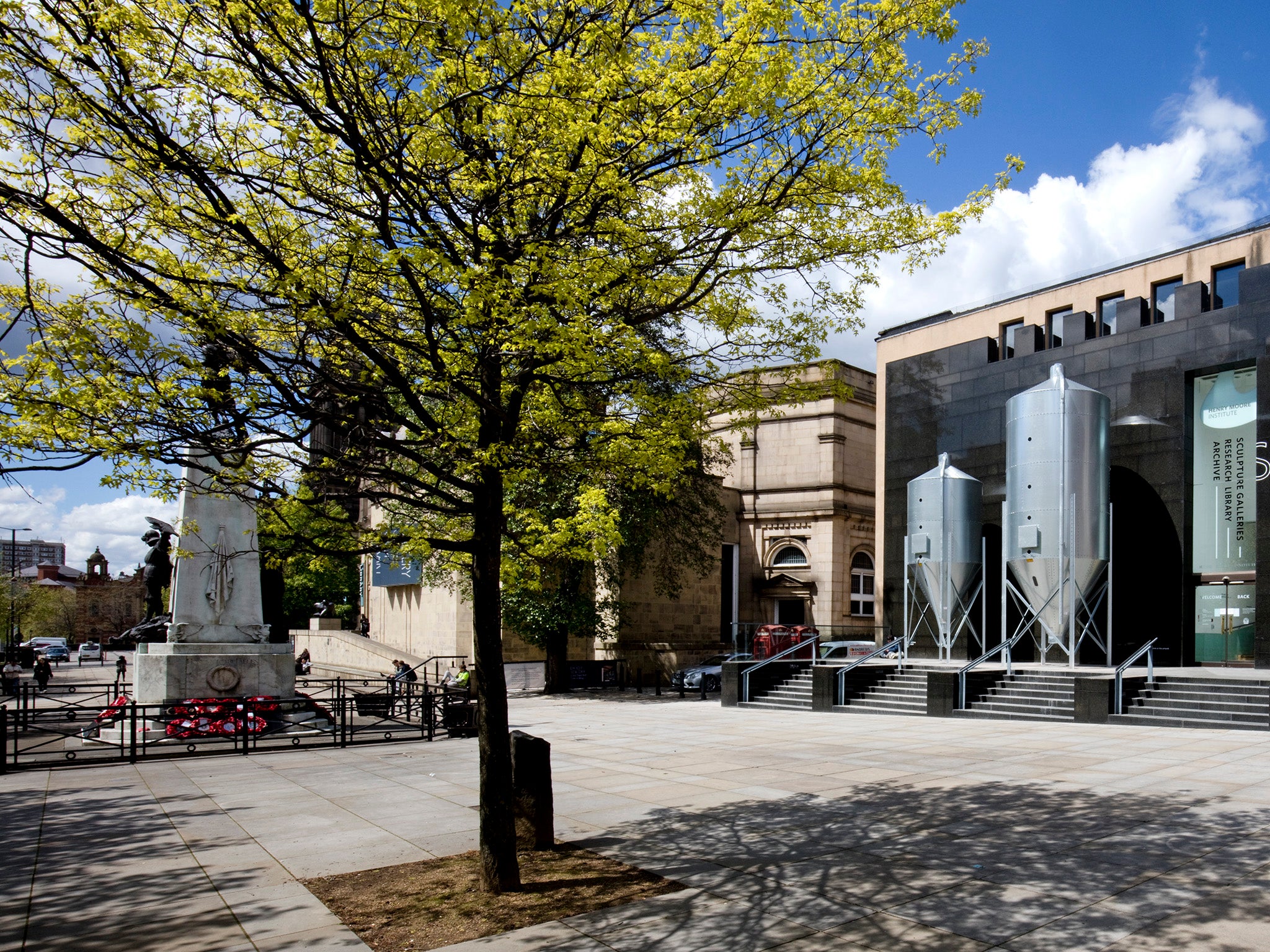
In Bilbao in the 1990s, the old rustbelt industries were dying, and the city had to find a new direction. Frank Gehry’s new Guggenheim Museum provided the focal point for this change of course. The city became a tourist destination, opening up a new income stream. Its new focus on creative industries made it an attractive place for young professionals to live and work and raise their families. Art and culture weren’t the only elements in this revival, but they played a leading role. Likewise, Germany’s Ruhrgebiet has made a similar shift from heavy industry to service industries, and new cultural centres in old industrial buildings have been the flagships for this seachange.
Can the Ruhrgebiet or Bilbao provide a cultural model for West Yorkshire? Sure, some of the specifics may be different, but the challenges – and opportunities – are much the same. Studio spaces for sculptors are much cheaper in Yorkshire than in London. Former mills and factories are great spaces for making as well as showing art. New internet technology connects Yorkshire galleries with sculptors from all around the world, with no need to go via London. “There’s a huge amount going on,” says Clayton. “It’s no longer really about London and the rest of us, or north and south.”
I finish my latest trip to Yorkshire at Leeds Art Gallery. Principal keeper Jane Bhoyroo takes time out to show me round, alongside Nigel Walsh, the gallery’s Curator of Contemporary Art. They tell me how Yorkshire’s sculpture scene has grown. “Students see this emerging critical mass,” says Walsh. “They want to stay here. There are opportunities to show work, opportunities to develop their practice.”
Time to go. Outside is a Henry Moore sculpture, a magnificent reclining figure. Yet the sculpture that always arrests my eye is a small obelisk a few feet high, with a tree growing right beside it. Most folk walk on by without seeing it. They don’t even know it’s there. In fact, this is a sculpture by Joseph Beuys, one of the most significant artists of the last century, an adjunct of his most important artwork, 7000 Oaks.
Forty years ago, Beuys planted 7,000 oak trees in Kassel, in his native Germany, each one with a basalt obelisk beside it, like this one. Each year, as the tree grows, the manmade obelisk beside it seems to shrink. It’s a reminder that even the greatest sculpture is merely a scratch on the landscape.
For more information about exploring the Yorkshire Sculpture Triangle, visit www.ysp.org.uk, www.henry-moore.org, www.hepworthwakefield.org or www.museumsandgalleries.leeds.gov.uk




Join our commenting forum
Join thought-provoking conversations, follow other Independent readers and see their replies
Comments